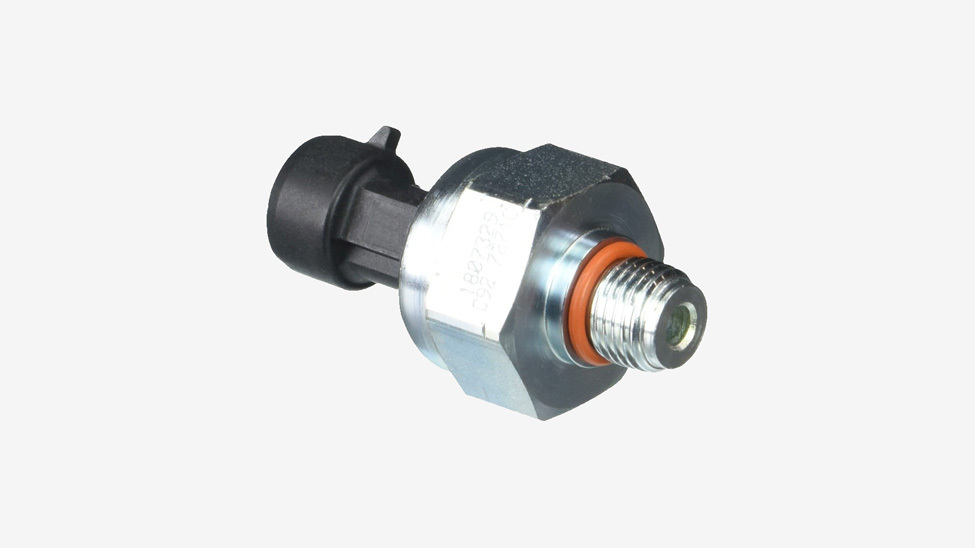
WHAT IS AN ICP SENSOR? AND BENEFITS OF ICP SENSOR
In Ford model vehicles, an ICP sensor is required for the power stroke engine. A Ford owner who owns a vehicle with a power stroke engine needs to understand how the ICP sensor works and why proper maintenance is necessary.
ICP Sensor – What is it?
Engines have a pressure sensor for monitoring injection pressure. According to the conditions, the sensor provides the vehicle with information about pressure so it can effectively adjust fuel delivery.
How It Works
Analog signals are used to operate the ICP sensor. Sensors in cars pick up pressure resulting from conditions like load, road conditions, and speed. Analog signals sent from the sensor will indicate how much fuel the vehicle requires so that it can keep running smoothly. The vehicle can then continue running with the appropriate fuel delivery.
Importance of Maintenance
Maintaining the ICP sensor is an essential part of caring for a Ford automobile. If the signal strength is too low or if it is somehow not being communicated correctly, then the Powerstroke motor will not function properly.
Fuel delivery efficiency will be improved by maintaining the ICP sensor. It is possible to have problems like an incorrect fuel flow if the sensor is not properly working. The proximity sensor might need to be replaced or repaired, depending on the situation.
Ford Powerstroke vehicles use an ICP sensor to detect if the engine has overheated. While driving, the pressure readings are used to initiate fuel delivery. The vehicle will run efficiently if it is properly maintained.
Many companies today use rigorously validated pre-employment tests developed based on decades of psychological research, not the snowflake test, which creators claim is simply another type of personality test. There is no scientific evidence to support the snowflake test’s predictive validity, and it may be more of a reflection of the owner’s political preferences than anything else. If these questions are used to make hiring decisions, it’s a major problem that there is no evidence (that we know of) that people who support guns, or who love America, or who rarely cry will perform better in the job.
ICP Sensor Bias: Benefits of Understanding
In order to power ICP sensors, an 18 to 28 volt DC supply must provide a constant current of 2 to 20 mA. In most applications, two to four milliamps are adequate. In certain applications, the cable length greater than 100 feet (>100 ft) and high frequency (>100 kHz) require a higher current to prevent attenuation of the high frequency. View the reference nomograph for ICP sensors over long cables for specifics.
A DC voltage should not be applied directly to an ICP sensor without a voltage meter or a power supply, as this can damage the sensors’ internal electronics.
If you check the IMPEDANCE across the pin connecting the ICP Sensor to the ground with a DMM, you’ll not get meaningful results. Rather, see below to avoid damaging the built-in electronics on the ICP Sensor.
A newer ICP sensor has a bias voltage indicator, or additional tools that may show biased LED indicators for newer products, which can be used to check sensor performance.
The meter indicates a normal bias voltage of 9 to 13V (Mid Green) for an ICP sensor connected through a good cable, or 3 to 8 V (Lower Green) for low bias sensors (such as seismic and cryogenic sensors), or 14 to 17 V (High Green) for sensors with circuit gain.
The high range pressure and force sensors, for example, may take longer to turn on than those with the extended low-frequency response (long discharge time constants). You should wait a few minutes for the sensor to turn on after you apply power. Laser-welded cases and glass-filled connectors hermetically seal most modern dynamic sensors. If a sensor is exhibiting bias failure issues (for example, if it hasn’t been used in a long time), it can be heated overnight at 225° F (or less if it has a lower temperature rating), and then retested for bias.